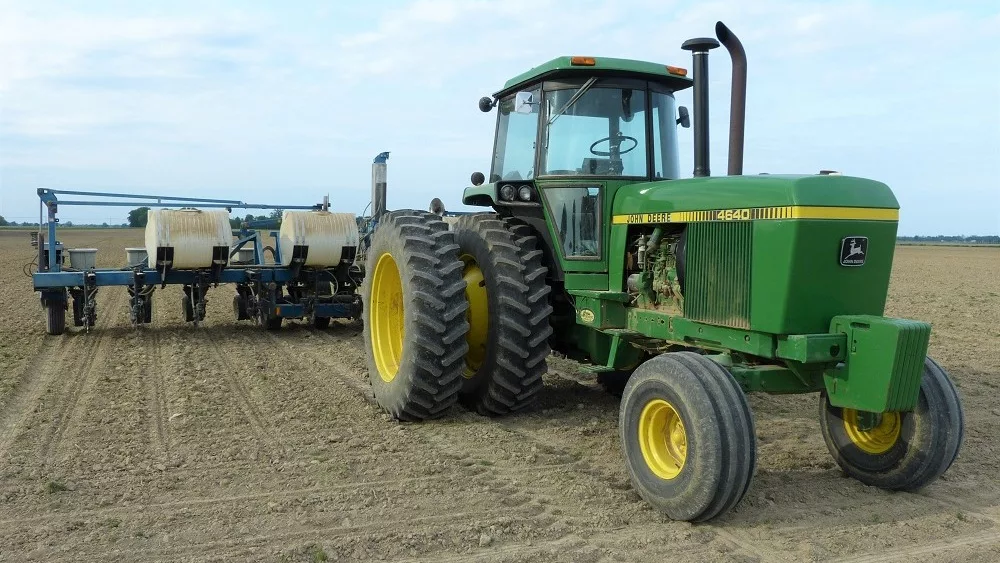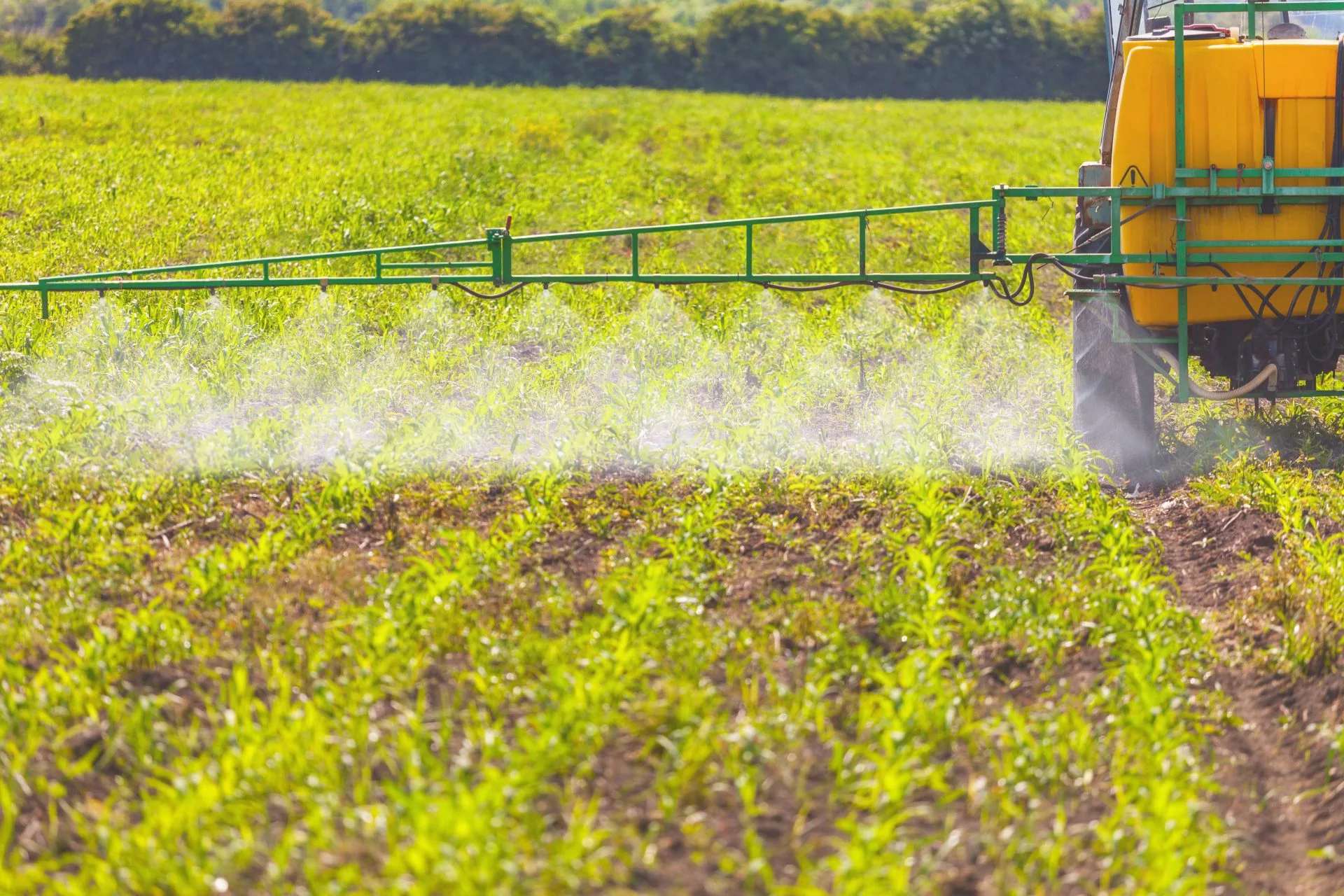
Black tar spot has been confirmed in Michigan for the 2021 season. It was discovered July 1 in Eaton County, then was found in Allegan and Montcalm Counties. On July 7, tar spot was confirmed in an irrigated field in St. Joseph County. According to Marty Chilvers, field crop pathologist with Michigan State University, this is the earliest confirmed case since the disease was first discovered in the state in 2016.
“What we saw was one lesion on a leaf and down very low in the canopy,” he said. “When I started looking around, we had probably 8 percent of the plants infected—so five plants out of 60.”
Tar spot confirmed @checkjill Eaton co, MI July1, 8% incidence all single lesions on lowest leaves in dry land field. Extended leaf wetness has primed the pump. Note lesion protruding through the bottom side of the leaf @MI_Corn @MSUAgBio @NationalCorn https://t.co/9PhIU6zuaq pic.twitter.com/F1DzNQsOI2
— Martin Chilvers (@MartinChilvers1) July 2, 2021
Before rainfall drenched the state the end of June, disease pressure was low. After that, conditions for developing tar spot have been ideal. According to research, there needs to be seven or more hours of leaf wetness for tar spot to develop.
“It wasn’t so much the totals of water we received, but it was the continual wet period that we had prime the pump to get things ready,” said Chilvers. “In high humidity conditions, that’s going to be favorable, but we really need that free leaf moisture. Whenever we get dews, that’s something else that really tends to fire things up. That’s what we tend to see this disease pick up in September.”
Since these first cases have been found in the lower canopy, Chilvers said growers will want to consider applying a fungicide around silking.
“Essentially, most fungicides do a pretty good job at reducing tar spot—none of them will completely eliminate it, but they all do a pretty good job at suppressing,” he said. “We wouldn’t really recommend a single mode of action.”
But the biggest thing moving forward will be watching the forecast.
“Obviously we’ve got a long way to go—how is the rest of July and August going to pan out in terms of rainfall,” said Chilvers. “If it’s dry, it’s not going to be much of an issue. But if we get very frequent rainfall, we’re going to have some issues with tar spot.”
For more information on black tar spot and fungicide use Chilvers suggests looking at the Crop Protection Network.





